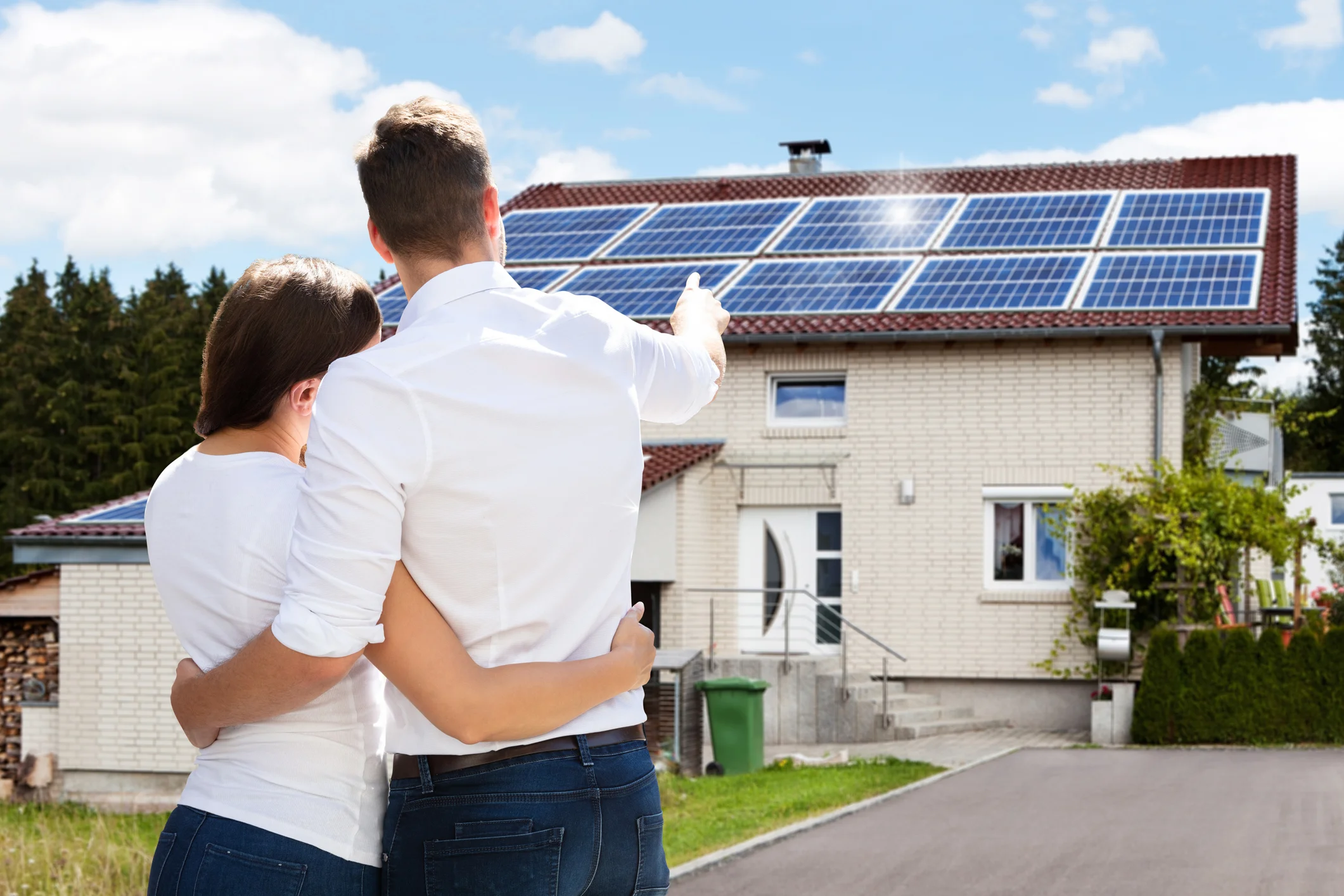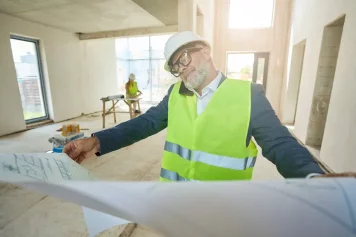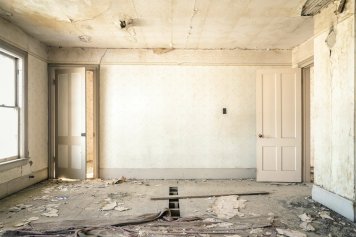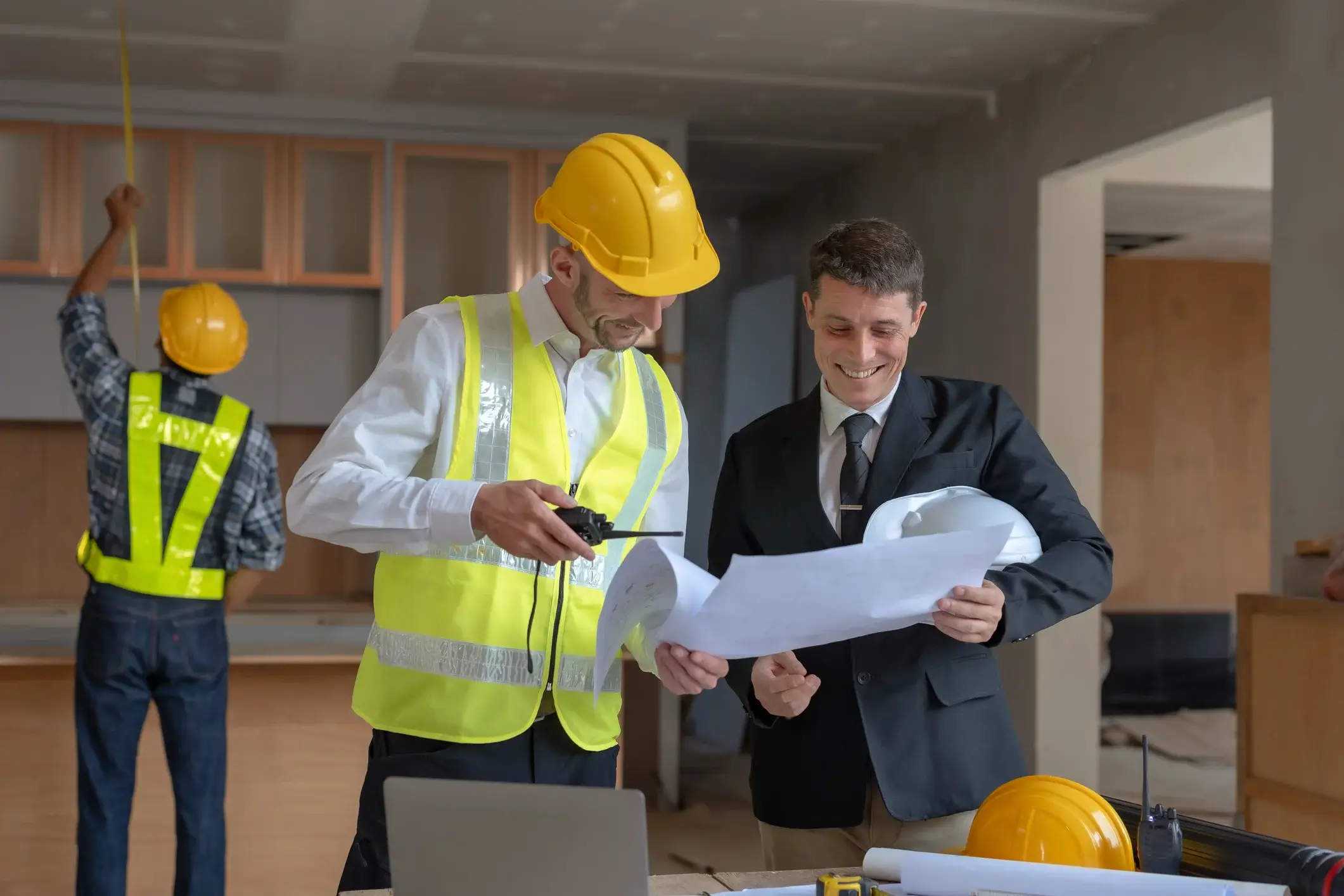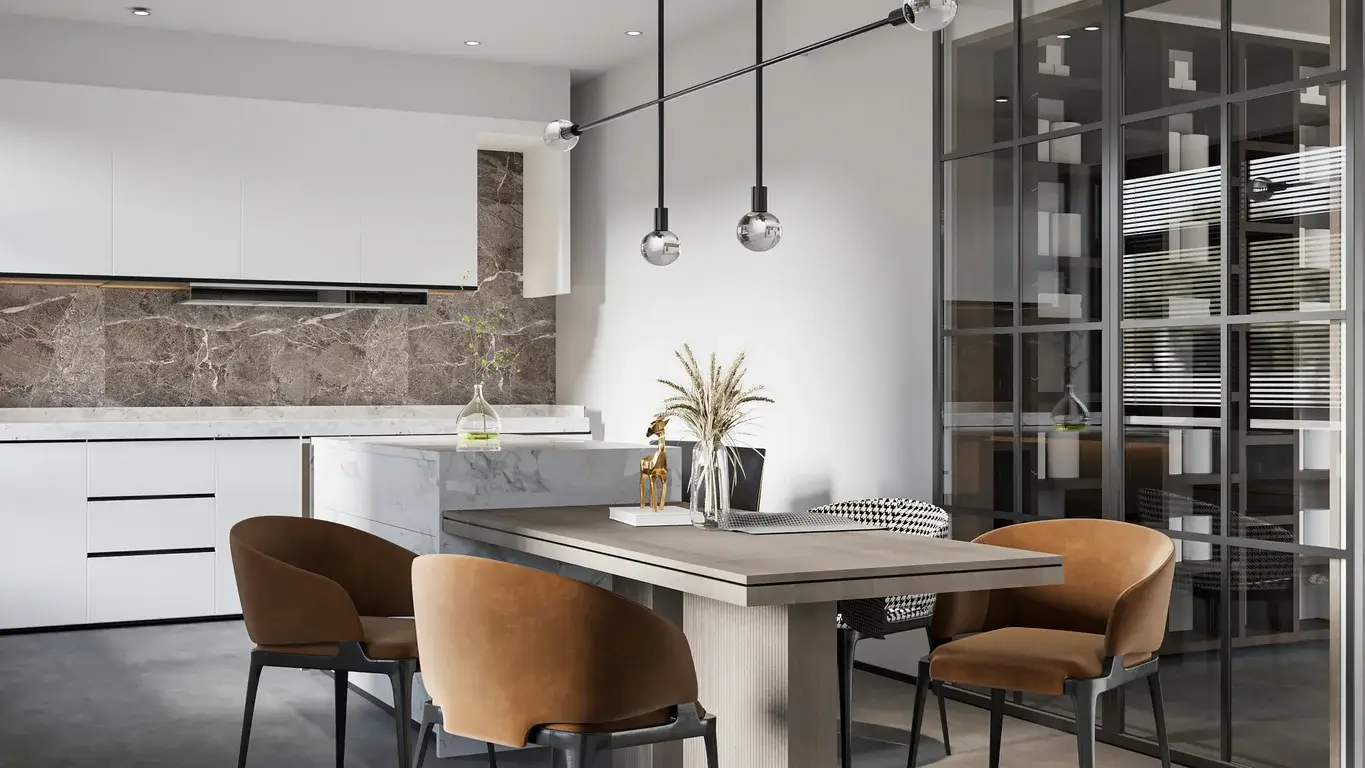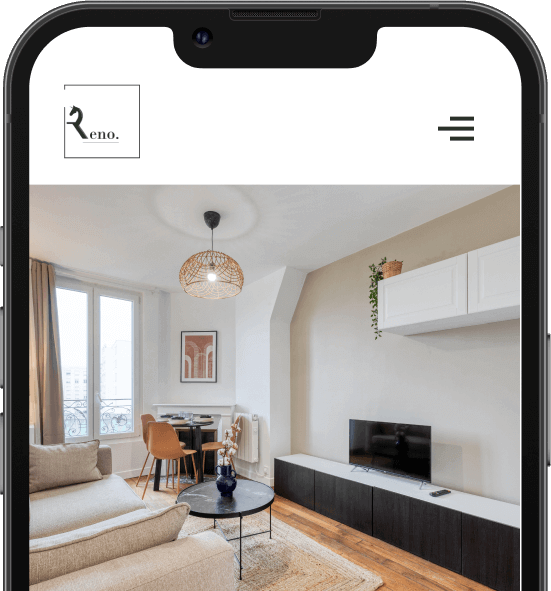La rénovation énergétique transforme votre logement en espace confortable et économe. Les factures d’énergie grimpent. Le confort thermique se dégrade. De nombreux propriétaires envisagent donc la rénovation énergétique.
Ce projet permet de réduire votre consommation d’énergie. Il valorise aussi votre bien immobilier. Vous découvrirez ici comment diminuer vos dépenses, obtenir des aides comme MaPrimeRénov’, et réussir votre projet avec France Rénov’.
Le prix d’une rénovation varie selon l’ampleur de votre projet. Mais les aides financières allègent ce coût. MaPrimeRénov’ et l’éco-prêt à taux zéro sont accessibles à tous. Ils rendent les travaux plus abordables.
Votre démarche commence par un diagnostic. Il identifie les faiblesses énergétiques de votre maison ou appartement. L’isolation reste le type de travaux le plus rentable. Elle diminue les pertes de chaleur par les murs et la toiture.
Le coût d’une rénovation énergétique se rentabilise rapidement. Vos économies sur les factures compensent l’investissement initial. De plus, la valeur de votre bien augmente sur le marché immobilier.
Pour réussir votre projet de rénovation, faites appel à des professionnels qualifiés. Les artisans RGE garantissent des travaux conformes aux normes actuelles. Vous pouvez aussi consulter nos experts en conception et architecture pour un accompagnement personnalisé.
Chiffrer les travaux avant achat vous évite les mauvaises surprises. Un devis détaillé présente chaque intervention et son prix. Cette transparence facilite votre prise de décision. Elle vous permet aussi de comparer les offres.
Les travaux de rénovation améliorent aussi votre confort quotidien. Fini les courants d’air et les pièces mal chauffées. Votre logement devient agréable en toutes saisons. Et votre empreinte carbone diminue considérablement.
Comprendre la rénovation énergétique pour votre logement
Qu’est-ce que la rénovation énergétique ?
La rénovation énergétique regroupe des travaux qui réduisent la consommation d’énergie. Elle améliore le confort thermique de votre maison. Ces travaux limitent les pertes de chaleur. Ils optimisent le chauffage et la ventilation. Ils diminuent aussi l’empreinte carbone du bâtiment. Le but est de transformer un logement énergivore en espace économe.
Les avantages sont nombreux. Des travaux bien faits peuvent baisser votre facture jusqu’à 60%. Ils contribuent aussi à la transition énergétique. Si vous envisagez un projet plus grand, consultez notre guide pour rénover votre appartement. La valeur de votre bien augmente également. C’est un atout pour une future vente.
Réduire votre consommation énergétique apporte de multiples bénéfices au quotidien. Votre portefeuille respire grâce à des factures allégées chaque mois. Cet argent économisé peut servir à d’autres projets familiaux. Votre confort augmente aussi considérablement dans toutes les pièces. Fini les zones froides en hiver et la chaleur excessive en été.
L’impact environnemental diminue avec chaque kilowattheure économisé. Vous réduisez votre empreinte carbone sans effort supplémentaire. La valeur de votre bien immobilier grimpe sur le marché. Les acheteurs recherchent aujourd’hui des logements économes en énergie. La dépendance aux variations des prix de l’énergie s’atténue également. Vous gagnez en sérénité face aux crises énergétiques mondiales. Votre santé s’améliore aussi dans un environnement bien isolé et correctement ventilé.
Les différents types de travaux de rénovation énergétique
La rénovation énergétique comprend plusieurs types de travaux. Chacun répond à des besoins spécifiques.
L’isolation thermique réduit les pertes de chaleur. Un chauffage performant utilise des énergies renouvelables. La ventilation assure un air intérieur sain. L’eau chaude sanitaire peut utiliser l’énergie solaire.
Une approche globale donne de meilleurs résultats que des travaux isolés. Elle harmonise les différents systèmes. Elle évite les problèmes liés à des interventions déséquilibrées. Si votre budget est limité, vous pouvez planifier les travaux par étapes. Chaque phase doit améliorer la performance énergétique.
Pourquoi entreprendre une rénovation énergétique ?
Les Français rénovent pour réduire leurs factures d’énergie. Ce poste de dépense pèse de plus en plus lourd. Le confort thermique motive aussi ce choix. Dans les vieux logements, la température varie beaucoup entre les pièces. La démarche environnementale pousse aussi les propriétaires à agir. Ils veulent réduire leur impact écologique.
La loi incite fortement à améliorer les logements. La loi Climat interdit progressivement la location des biens classés F et G. L’État propose aussi des aides pour accélérer cette transition. La rénovation de votre cuisine peut ainsi devenir plus abordable.
Les aides financières pour votre projet de rénovation énergétique
MaPrimeRénov’ : le dispositif phare de l’État
MaPrimeRénov’ est l’aide principale de l’État pour financer vos travaux. Elle varie selon vos revenus et les économies d’énergie réalisées.
Profil MaPrimeRénov’ | Plafond de revenus | Exemple pour isolation murs |
Bleu (très modestes) | Variable selon foyer | Montant plus élevé |
Jaune (modestes) | Seuil supérieur au bleu | Montant intermédiaire |
Violet (intermédiaires) | Seuil supérieur au jaune | Montant moins élevé |
Rose (aisés) | Seuil supérieur au violet | Éligibilité limitée |
En 2025, MaPrimeRénov’ favorise les rénovations globales. Les projets d’ensemble reçoivent des montants plus avantageux. Le dispositif évolue pour maximiser l’impact des travaux. Les bâtiments émettent beaucoup de CO2. Cette évolution vise donc à réduire ces émissions.
Pour demander l’aide, créez un compte sur le site officiel de MaPrimeRénov’.

L’éco-prêt à taux zéro et autres prêts avantageux
L’éco-prêt à taux zéro finance vos travaux sans intérêts. Il s’adresse aux propriétaires occupants et bailleurs. Le logement doit avoir plus de deux ans. Vous pouvez emprunter jusqu’à 50 000 euros selon votre projet. Le remboursement s’étale sur 15 à 20 ans. Cela allège votre budget familial. Vous devez faire appel à des artisans certifiés RGE.
D’autres options existent. Le prêt avance rénovation et les prêts travaux des banques peuvent vous aider.
Les aides locales et les certificats d’économies d’énergie
Les collectivités territoriales offrent des aides complémentaires. Ces subventions varient selon les régions. En Île-de-France, certaines communes donnent des primes pour l’isolation des combles. Contactez votre mairie ou consultez le site du conseil départemental pour connaître les aides locales.
Les certificats d’économies d’énergie (CEE) sont méconnus mais intéressants. Ce système oblige les fournisseurs d’énergie à promouvoir l’efficacité énergétique. Les CEE se traduisent par des primes pour vos travaux. Le montant dépend des travaux et de votre zone climatique. Faites votre demande avant de signer le devis.
Les étapes clés d’un projet de rénovation énergétique
Le diagnostic de performance énergétique (DPE)
Le DPE est la base de tout projet de rénovation. Ce document identifie les faiblesses énergétiques de votre logement. Un professionnel certifié évalue sa consommation et ses pertes. Le DPE attribue une note de A à G (très énergivore). Cette note orientera vos priorités de travaux. L’analyse des résultats vous aidera à choisir les interventions les plus pertinentes.
Depuis 2021, le DPE a changé. Il est maintenant plus fiable et a une valeur juridique. Il engage la responsabilité du diagnostiqueur. Il peut influencer la valeur de votre bien. Les logements F ou G verront leur location interdite selon un calendrier légal. Cette réforme prend en compte l’impact carbone du logement. La méthode de calcul est uniforme et ne dépend plus des factures d’énergie.
France Rénov’ : l’accompagnement public pour votre projet
France Rénov’ est le service public qui vous guide gratuitement. Les conseillers offrent un accompagnement neutre et personnalisé. Ils vous informent sur les solutions techniques adaptées à votre rénovation de toiture. Ils vous expliquent les aides financières disponibles. Ces experts vous dirigent vers des professionnels RGE près de chez vous. Ils vous aident avec les démarches administratives pour obtenir les subventions.
Mon Accompagnateur Rénov’ propose un suivi plus complet pour les grands projets.
Choisir des artisans qualifiés RGE
La certification RGE prouve les compétences d’un professionnel en rénovation énergétique. Des organismes indépendants délivrent cette qualification. Elle est nécessaire pour obtenir les aides comme MaPrimeRénov’ ou l’éco-prêt. Les entreprises RGE respectent des critères de qualité. Elles sont contrôlées régulièrement.
Pour garantir la qualité de vos travaux, suivez nos conseils. Choisissez bien votre artisan RGE. Tous n’ont pas le même niveau d’expertise. Comparez plusieurs devis. Vérifiez les tarifs, les délais et les matériaux. Consultez les avis clients et les réalisations précédentes. Assurez-vous que le contrat détaille les travaux et inclut toutes les garanties légales.
Consultez notre article sur les étapes de la rénovation de salle de bain pour mieux comprendre les démarches.
Les solutions techniques pour une rénovation énergétique performante
L’isolation thermique : priorité numéro un
L’isolation thermique est essentielle. Elle empêche les pertes de chaleur qui augmentent votre consommation. Un bâtiment mal isolé perd 30% de chaleur par le toit et 25% par les murs. Votre facture énergétique s’en trouve alourdie.
Les zones principales à isoler sont la toiture, les murs, les planchers et les ouvertures. L’isolation des combles offre le meilleur rapport coût/économies. Pour les murs, deux options existent. L’isolation intérieure coûte moins mais réduit l’espace. L’isolation extérieure préserve la surface et élimine les ponts thermiques. Les planchers en contact avec des espaces froids méritent aussi attention. Ils évitent les sensations d’inconfort.
Matériau | Performance thermique | Utilisation courante |
Laine de verre | Varie selon type | Combles, murs |
Laine de roche | Varie selon type | Combles, murs, planchers |
Ouate de cellulose | Varie selon type | Combles, murs |
Polystyrène | Varie selon type | Murs (ITE), planchers |
Les systèmes de chauffage performants
Les technologies de chauffage évoluent rapidement. Les nouveaux systèmes sont plus économes que les anciens. Remplacer un vieux chauffage réduit votre consommation énergétique.
La pompe à chaleur diminue efficacement les factures. Elle capte les calories de l’environnement (air, eau, sol). Elle les transfère vers votre système de chauffage. Une pompe à chaleur air/eau produit 3 à 4 fois plus d’énergie qu’elle en consomme. Les modèles actuels s’adaptent à tous les chauffages centraux. Ils peuvent aussi produire l’eau chaude. Les aides comme MaPrimeRénov’ réduisent le coût initial.
D’autres options écologiques existent. Les poêles et chaudières à granulés utilisent un combustible renouvelable et local.
La ventilation : un élément crucial souvent négligé
La ventilation devient essentielle après l’isolation. Elle évite les problèmes d’humidité. Elle garantit un air intérieur sain dans votre logement.
Les VMC se divisent en deux types. La VMC simple flux extrait l’air vicié des pièces humides. Elle laisse entrer l’air neuf par les fenêtres. Son installation est simple et peu coûteuse. La VMC double flux récupère jusqu’à 90% de la chaleur de l’air extrait. Elle préchauffe l’air entrant. En hiver, cela crée des économies car l’air arrive déjà tempéré. Pour les vieux logements, des systèmes décentralisés offrent une alternative. Des unités individuelles s’installent dans les murs.
L’entretien régulier des filtres et bouches d’extraction assure l’efficacité du système. Vous pouvez envisager une ouverture de mur porteur pour améliorer la circulation de l’air.
La gestion intelligente de l’énergie
Les systèmes intelligents optimisent votre consommation énergétique. Les thermostats connectés programment les températures pièce par pièce. Vous pouvez les ajuster à distance via smartphone. Certains modèles apprennent vos habitudes. Ils anticipent vos besoins. Ils détectent votre absence pour réduire le chauffage. Une bonne gestion de la température baisse la consommation de 15 à 20%.
Les équipements économes complètent bien votre rénovation. Choisissez des appareils de classe A ou plus. Ils consomment moins que les vieux modèles. Les ampoules LED durent plus longtemps. Elles consomment moins que les anciennes ampoules. Programmer l’extinction des appareils en veille aide aussi. Les multiprises à interrupteur réduisent la consommation d’électricité.
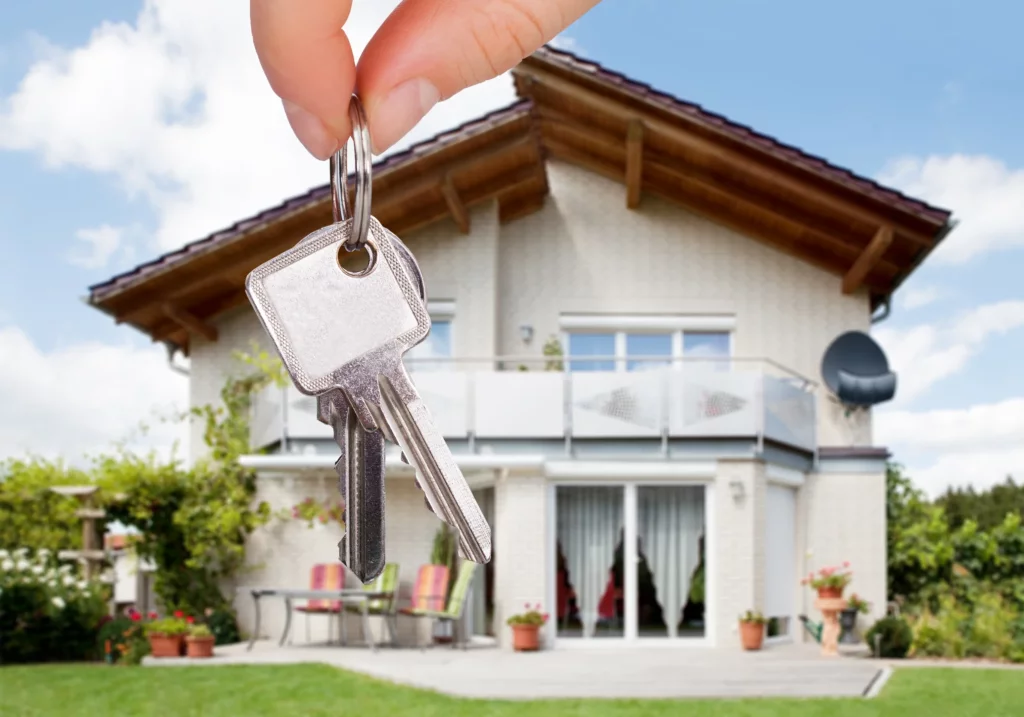
La rénovation énergétique globale : vers des logements BBC
Le concept de rénovation énergétique globale
La rénovation globale traite tous les points faibles thermiques en une fois. Cette approche voit le bâtiment comme un tout interconnecté. La coordination des travaux évite les problèmes techniques. Ces problèmes surviennent souvent avec des modifications séparées. Une bonne rénovation globale transforme radicalement la performance de votre habitat.
Les bénéfices économiques sont grands sur la durée. En traitant isolation, chauffage et ventilation ensemble, vous évitez les reprises coûteuses. Vous maximisez l’efficacité de chaque intervention. Les systèmes de chauffage peuvent être plus petits après une bonne isolation. Vous économisez sur le matériel. Depuis 2023, les aides favorisent les rénovations d’ensemble. Le prix de rénovation devient alors plus abordable.
Le label BBC Rénovation (Bâtiment Basse Consommation)
Le label BBC Rénovation certifie un logement très performant. Il confirme que votre bien consomme peu d’énergie. Il contribue à la transition écologique.
Pour obtenir cette certification, votre logement doit respecter un seuil maximal. La moyenne est de 80 kWh/m²/an. Ce seuil varie selon les zones climatiques. En région parisienne, il est de 80 kWh/m²/an. Dans le nord-est plus froid, il monte à 96 kWh/m²/an. Ce niveau demande une bonne isolation, un chauffage performant et une ventilation contrôlée. Certaines collectivités offrent des aides spéciales pour les projets BBC. Elles complètent les dispositifs nationaux comme les CEE.
La rénovation par étapes avec une vision globale
Si vous ne pouvez pas tout financer d’un coup, la rénovation par étapes est une bonne solution.
Le succès d’une rénovation progressive demande un plan clair dès le début. L’isolation doit précéder les changements de chauffage. Elle réduit les besoins thermiques. Elle permet d’installer des équipements moins puissants et moins chers. Les travaux sur l’enveloppe doivent être coordonnés avec la ventilation. Cela évite les problèmes d’humidité dans les logements isolés sans ventilation adaptée. Un projet complet dure trois à cinq ans pour un résultat optimal.
Voici les étapes pour une rénovation performante :
Le diagnostic évalue la performance initiale. L’isolation réduit les pertes de chaleur. Le système de chauffage s’adapte aux besoins réduits. La ventilation assure un air de qualité. Ces étapes optimisent l’efficacité énergétique de votre maison. Le prix d’un architecte peut être inclus dans votre budget pour un meilleur résultat.
La rénovation énergétique est un investissement pour votre logement. Elle allie économies durables et confort accru. Les aides comme MaPrimeRénov’ et l’éco-prêt à taux zéro la rendent accessible. Transformez votre habitat en espace performant. Vous valoriserez votre patrimoine tout en participant à la transition écologique.

